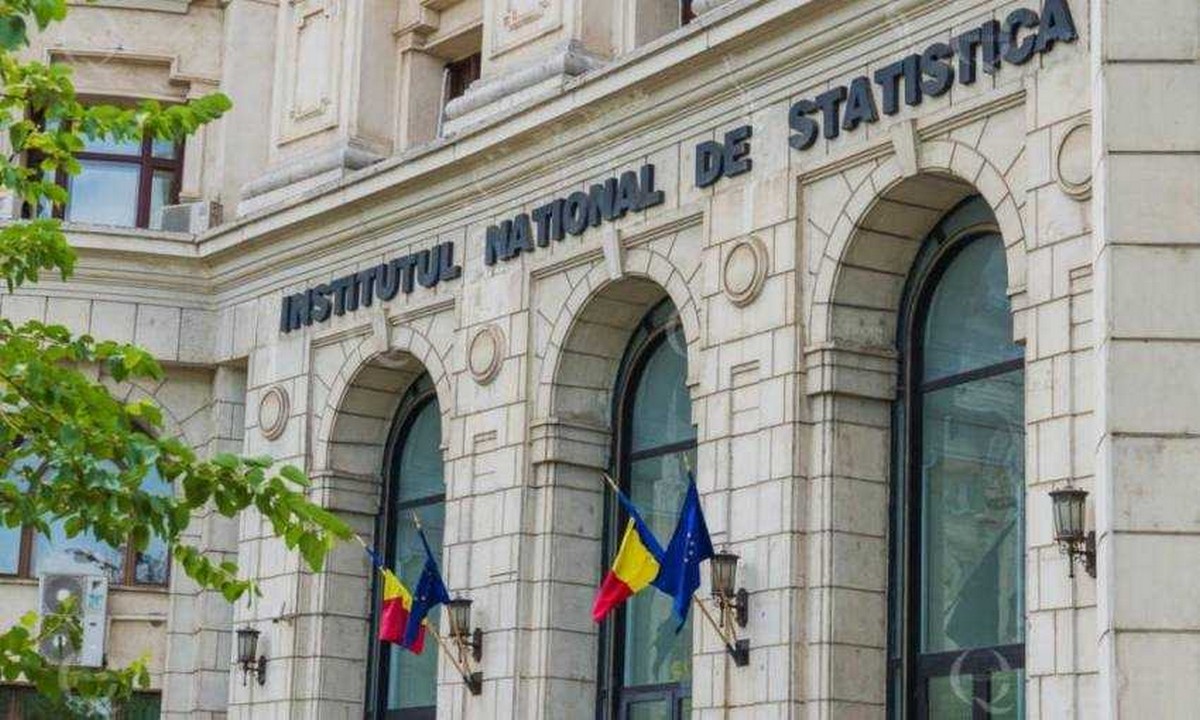The Ministry of Culture announced on Thursday that Romania’s Lipizzan horse breeding tradition was inscribed on UNESCO’s Representative List of the Intangible Cultural Heritage of Humanity, according to Agerpres.
According to the ministry, UNESCO’s Intergovernmental Committee for the Safeguarding of the Intangible Cultural Heritage of Humanity, meeting in Rabat, Morocco, decided to inscribe in the Representative List of the Intangible Cultural Heritage of Humanity Lipizzan horse breeding traditions from seven countries – Austria, Bosnia and Herzegovina, Croatia, Italy, Romania, Slovakia, Slovenia and Hungary – where the heritage has been active and uninterrupted.
„Romania owes its inscription to research carried out by Ioana Baskerville of the Ministry of Culture’s National Committee on Safeguarding the Intangible Cultural Heritage, which enjoyed constant specialist support and expertise from the Romsilva National Forestry Corporation – the Directorate for Growth, Exploitation and Improvement of Horses at the Ministry of the Environment, Waters and Forestry, which manages Romania’s two largest stud farms of Lipizzani horses: Sambata de Jos, located in the village of Sambata de Jos, Brasov County, and Beclean in the town of Beclean, Bistrita-Nasaud County.”
The ministry says that the modern Lipizzan horse bred was created in 1580 in the town of Lipizza, in today’s Slovenia.
„The beginnings of the breed in Romania go as far back as the 18th century, with the expansion of this breed through the system of stud farms and remount depots of the Habsburg Empire. The Romanian tradition of breeding these horses started in 1874 as a result of moving herds of the imperial stud at Mezohegyes, in today’s Hungary, to an imperial estate at Sambata de Jos, in the Olt Valley. On October 8, 1920, Romania establishes the Sambata de Jos state stud farm using for this purpose mainly horses from breeders in the villages of Sarii Fagarasului, located in the vicinity of the stud farm. Today at the Sambata de Jos stud farm, 7 of the 8 lines of the breed are bred, which makes it one of the most important Lipizzan stud farms in the world. The popularity of the Lipizzaners has been kept up in time thanks to their majestic and commanding presence, endurance, intelligence and devotion to people.”
This new element of the national intangible cultural heritage, the ministry says, is represented by a set of knowledge, practices and skills related to the breeding, brooming and training of Lippizaners in Romania passed on mainly orally from generation to generation through direct experience, adding to these a series of cultural and social practices developed by breeding communities as part of certain equestrian rituals, events, competitions (endurance, traction, dressage) and specific traditional crafts (horseshoeing, saddlery, grooming) that include the presentation and promotion of this horse breed.
„The important and meritorious presence of Romania in this file, at the invitation of experts from partner countries, has confirmed the relevance of this tradition in Romania and the efforts of the government that supported the core of the tradition of breeding Lippizzaners for more than a century.”
Agerpres


